Combustion in Swirl Burner CFD, Non-premixed Fluent Simulation Tutorial
Combustion in Swirl Burner CFD, Non-premixed Fluent Simulation Tutorial
- Upon ordering this product, you will be provided with a geometry file, a mesh file, and an in-depth Training Video that offers a step-by-step training on the simulation process.
- For any more inquiries regarding the product, please do not hesitate to reach out to us at info@CFDLAND.com or through our online support assistant.
€240 Original price was: €240.€125Current price is: €125.
A swirl burner is a very clever device used in industrial furnaces and gas turbines. It has special vanes at the inlet that make the incoming air spin very fast. This swirling motion is extremely important because it helps to mix the fuel and air very well. Also, it creates a stable flame that does not blow out easily. A Combustion in Swirl Burner CFD simulation is the best tool to see and understand this complex process.
This project presents a detailed simulation of Non-premixed Combustion in a Swirl Burner. In this type of combustion, fuel and air enter the chamber separately. Our goal is to analyze how the swirl affects the flame shape and the temperature inside the burner. This study is guided by the methods outlined in the reference paper“CFD analysis of a swirl stabilized coal combustion burner” by Rago, et al. [1].
- Reference [1]: Mansouri, Zakaria, and Toufik Boushaki. “Experimental and numerical investigation of turbulent isothermal and reacting flows in a non-premixed swirl burner.” International Journal of Heat and Fluid Flow72 (2018): 200-213.

Figure 1: The geometry of the combustion chamber showing the air and fuel inlets.
Simulation Process: Modeling Swirling Combustion with Fluent
The first step in our Combustion in Swirl Burner Fluent simulation was building the 3D model. We carefully designed the geometry, including the swirl vanes that make the air spin. Next, a high-quality computational mesh was created, as shown in Figure 2. A fine mesh is necessary to accurately capture the complex, swirling flow patterns.
After that, the physics were set up in ANSYS Fluent. Because the fuel and air are not mixed beforehand, we used the Non-premixed Combustion model. The turbulence-chemistry interaction was handled by the Eddy Dissipation Concept (EDC) model, which is excellent for Swirl Burner Combustion CFD. To model the turbulence itself, the k-epsilon Realizable model was chosen, as it performs very well for swirling flows. Finally, since combustion produces very high temperatures, the P1 radiation model was activated to account for heat transfer by radiation.

Figure 2: The high-quality mesh used for the computational domain.
Post-processing: Flame Stabilization and Temperature Fields
A deep analysis of the results reveals the core physics of Flame Stabilization CFD. The velocity streamlines in Figure 3 clearly show the powerful effect of the swirl vanes. The swirling motion creates a low-pressure zone in the center of the burner, which pulls the flow backwards. This creates a large Central Recirculation Zone (CRZ). This CRZ is the most important feature of a swirl burner. It acts like a trap for hot, burning gases. These trapped hot gases provide a continuous source of ignition for the incoming fresh fuel and air, creating a very stable and anchored flame. This mechanism is the key to the burner’s high efficiency and reliable operation.


Figure 3: a) Velocity streamlines illustrating the formation of the critical Central Recirculation Zone (CRZ). b) Temperature contour showing the high-temperature flame front anchored by the recirculation zone.
Furthermore, the temperature contour in Figure 4 shows exactly where the combustion is happening. We can see a V-shaped flame front with a peak temperature of approximately 2100 K. This high-temperature region is located right at the edge of the Central Recirculation Zone. This confirms that the CRZ is directly responsible for stabilizing the flame. The intense mixing caused by the swirling flow ensures that the fuel burns completely, which is why the temperature is so high. This direct connection between the swirling fluid dynamics and the resulting temperature field is a major achievement of this Non-premixed Combustion in Swirl Burner CFD simulation, demonstrating how we can accurately predict and analyze the performance of complex combustion systems.
We pride ourselves on presenting unique products at CFDLAND. We stand out for our scientific rigor and validity. Our products are not based on guesswork or theoretical assumptions like many others. Instead, most of our products are validated using experimental or numerical data from valued scientific journals. Even if direct validation isn’t possible, we build our models and assumptions on the latest research, typically using reference articles to approximate reality.
Yes, we’ll be here . If you have trouble loading files, having technical problems, or have any questions about how to use our products, our technical support team is here to help.
You can load geometry and mesh files, as well as case and data files, using any version of ANSYS Fluent.
€190 Original price was: €190.€95Current price is: €95.

€320 Original price was: €320.€175Current price is: €175.

€120 Original price was: €120.€65Current price is: €65.

€245 Original price was: €245.€199Current price is: €199.

€240 Original price was: €240.€115Current price is: €115.

€245 Original price was: €245.€185Current price is: €185.


















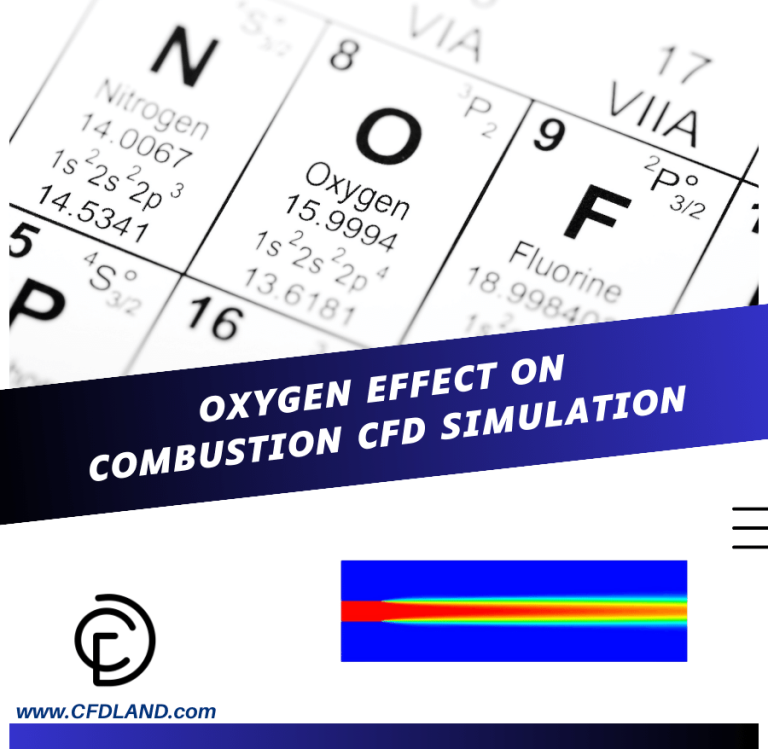
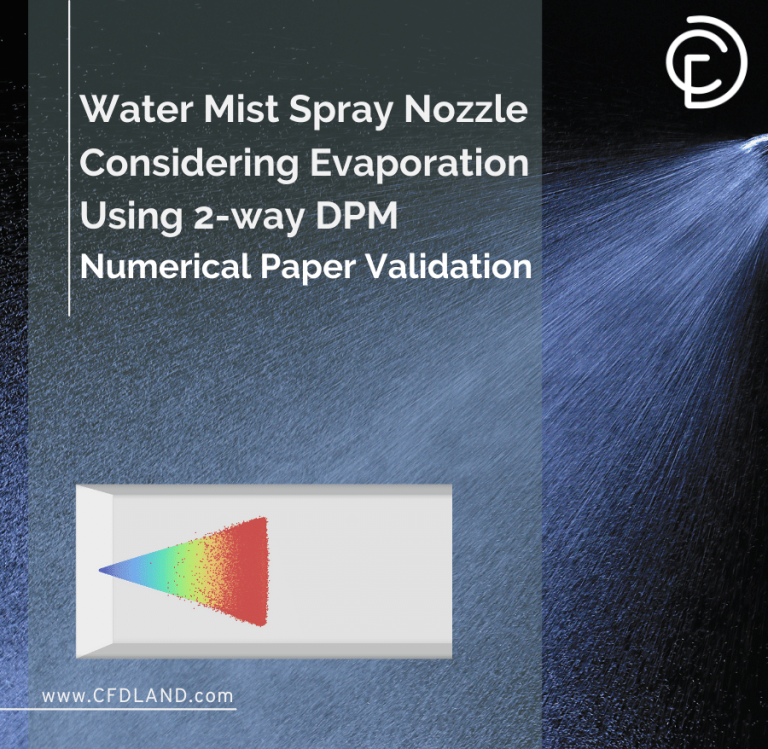

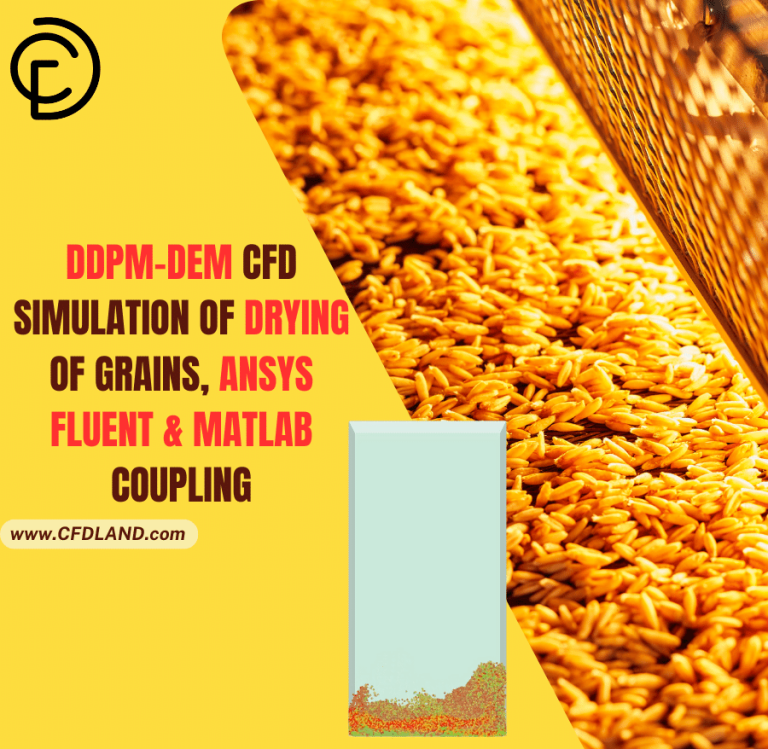
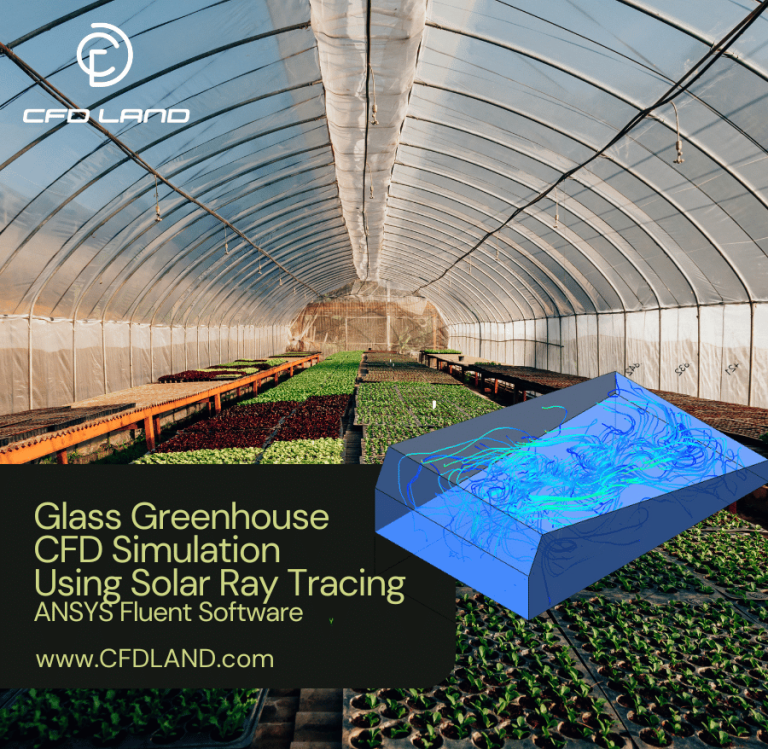
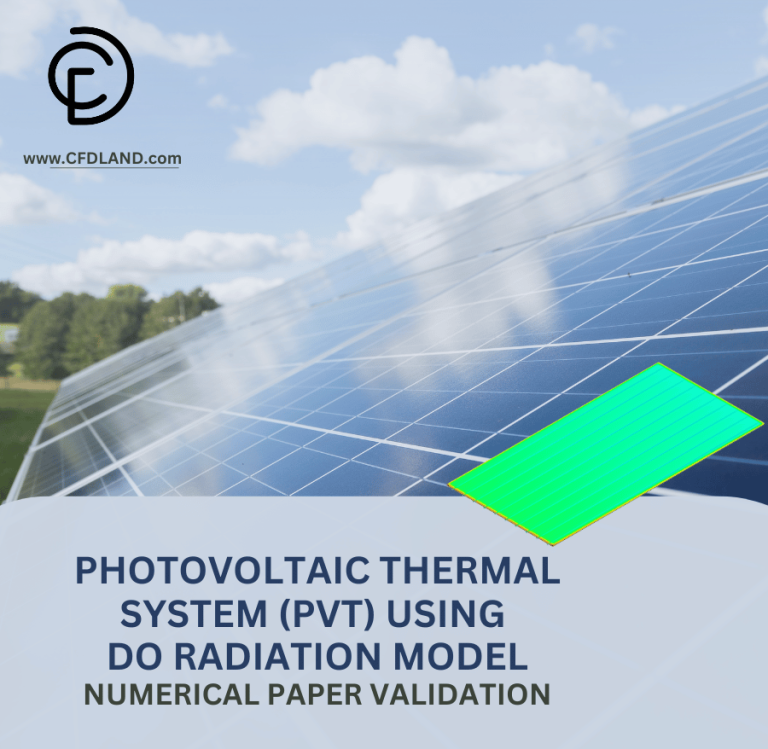
Reviews
There are no reviews yet.